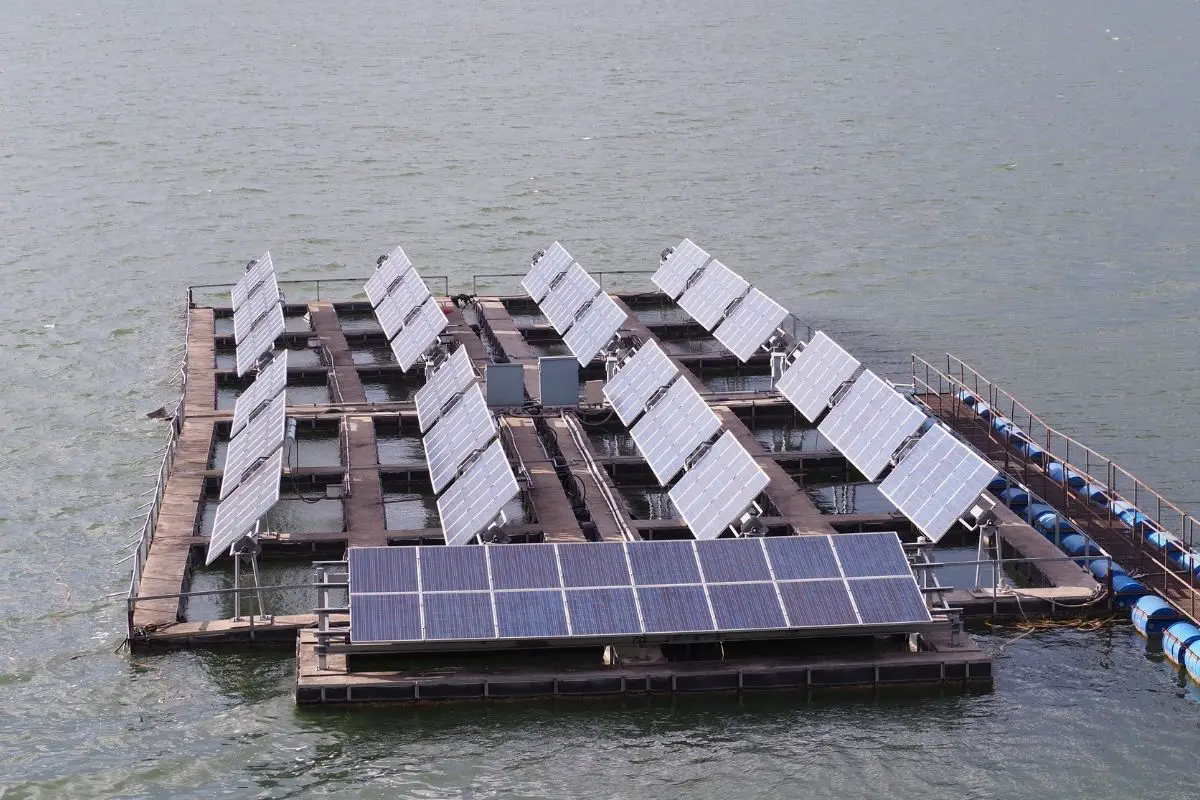
India chooses Bloom Energy for its first renewable hydrogen microgrid
December 24, 2021The Indian Ministry of Power will use the H2 and power production tech as a demonstration for scaled usage.
Bloom Energy announced that the largest energy conglomerate in India under the Ministry of Power’s jurisdiction NTPC Limited, has selected its electrolyzer and renewable hydrogen fuel cell tech for the first green H2 energy storage deployment in the country.
This project is meant to demonstrate a strategy expected to be central to the country’s carbon neutrality goal.
The country is aiming to achieve carbon neutrality by 2070. To arrive at that goal, it will use the type of technology and energy storage Bloom Energy offers with its renewable hydrogen. Microgrid projects and green hydrogen storage will be established at strategic locations throughout the country. This will help to explore off-grid and large-scale opportunities for cleaner power.
Bloom Energy (India) was selected for its comprehensive, holistic and overall efficient tech ecosystem that includes carbon-free electricity based on green H2 production. This is the first time Bloom Energy India and NTPC Limited have collaborated but is expected to be only the start before expanded cooperation into the future.

The project will use Bloom Energy’s high temperature solid oxide electrolyzer for renewable hydrogen production.
The water electrolysis producing the green H2 will be powered by a nearby floating solar farm. In this way, the production will not generate greenhouse gas emissions, just as the use of the H2 will also not generate carbon emissions. The green H2 will be converted into CO2-neutral electricity through Bloom Energy’s fuel cells. This electricity will power NTPC’s Guest House, which is a local NTPC employee and guest accommodation.
This project will be located in Simhadri, Visakhapatnam, India, and will begin next year. The solar farm it will use will be linked to the company’s electrolyzer and fuel cells. In this way, power will be available at any time of the day or night. At scale, combining the technologies in this way could make it possible to produce and provide long-duration clear energy storage and resilient renewable hydrogen based power for residential neighborhoods, businesses, dense urban centers, and even island communities and remote locations.



 With over 15 years of reporting hydrogen news, we are your premier source for the latest updates and insights in hydrogen and renewable energy.
With over 15 years of reporting hydrogen news, we are your premier source for the latest updates and insights in hydrogen and renewable energy.
This is a great move by Govt.and it is not late for India to recognise talent of our own Shri Shridhar to get hold of Hydrogen economy in India.